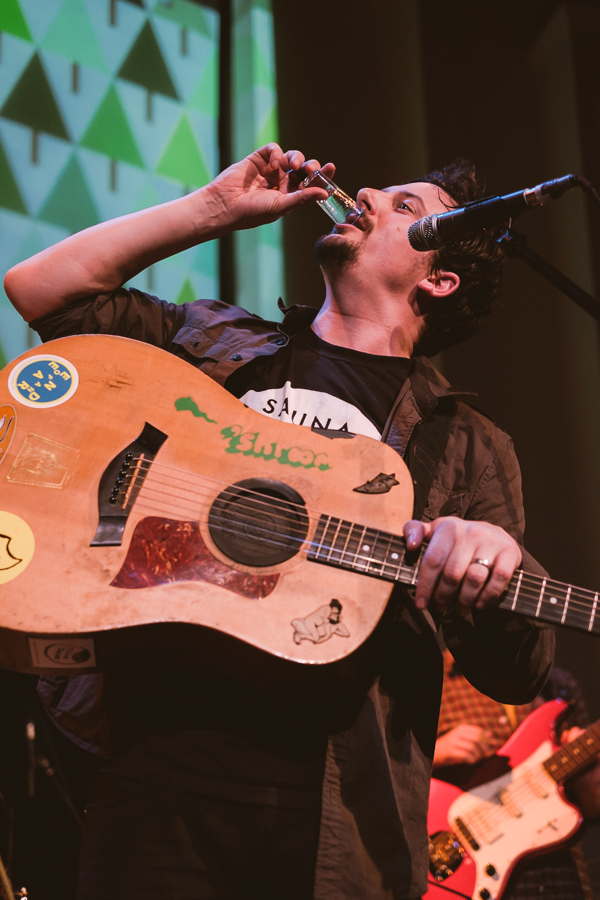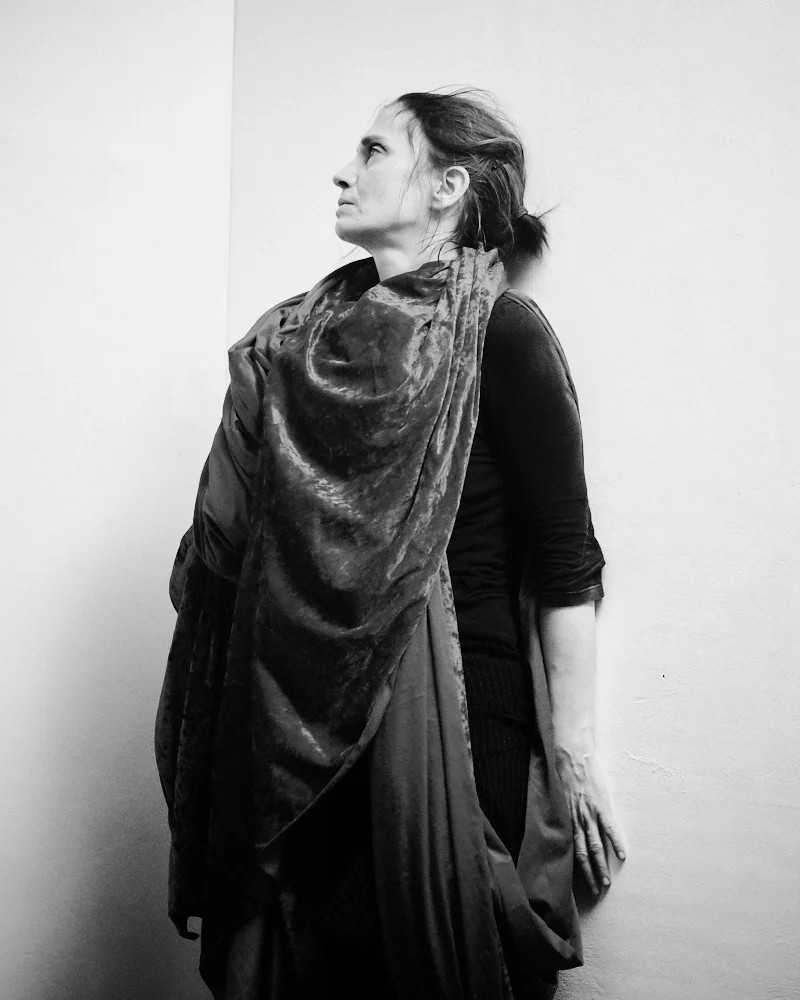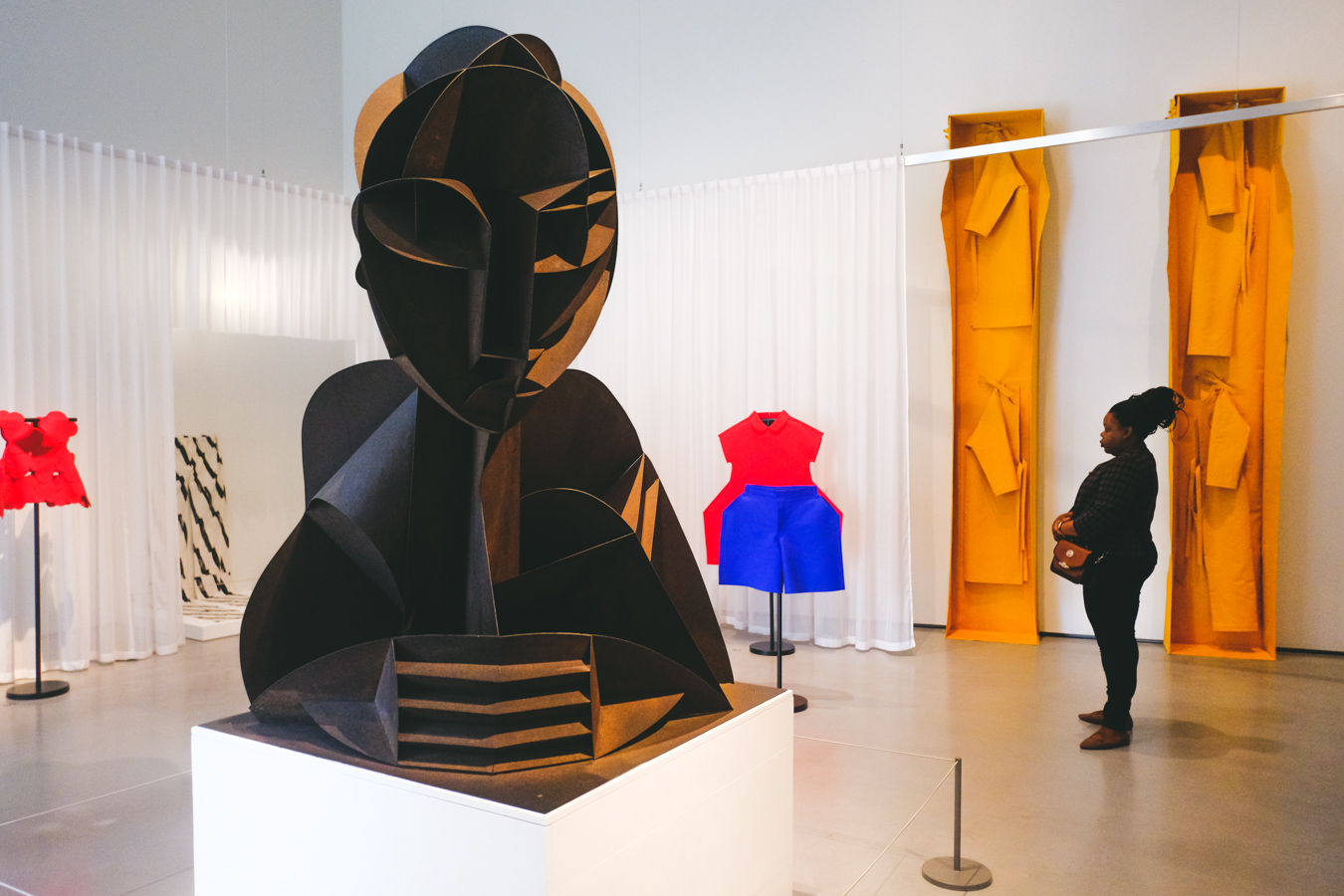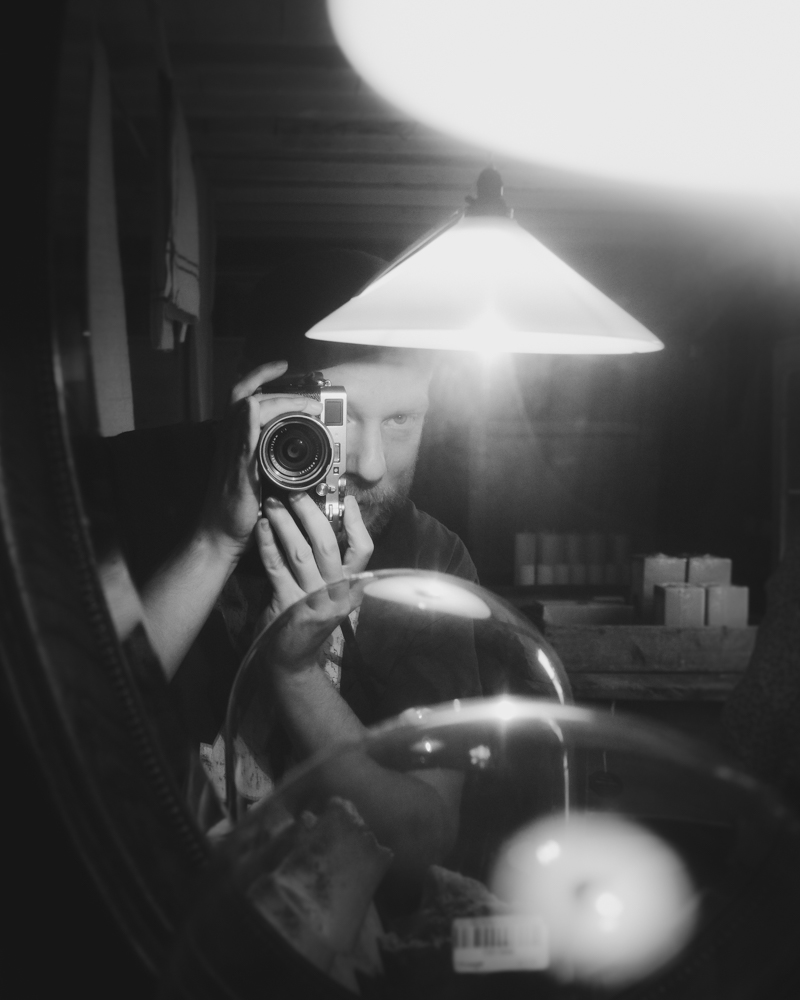...Gig photography with the Fuji 56mm f/1.2 and the X-Pro1...
Man, this is one sweet portrait lens. You can see its quality in the image above. But punctuating this spiel I've decided to jumble in some 35mm and 18mm shots of one great little music festival. Anyway, on with the review...
The 56mm opens its f/1.2 aperture-gullet so wide that it's like some sort of heavy drinker of light. It chugs photons like a Welshman does beer on match day. That’s a huge benefit in low-light situations such as gig photography. Of course, there is a downside to such a lightaholic wide aperture and that’s the critical accuracy of focus needed when your depth of field is so shallow. Throw this issue into the setting of a music festival where subjects are continuously moving and the low light impedes speed of focusing and some would say that an older mirrorless camera such as the X-Pro1 might as well not bother turning up to the party.
18mm
I mean, sure the Fuji X-T1 is winning modest praise for its reasonably snappy focus, but isn’t the X-Pro1 focusing speed supposed to be slower than a shambling traditional non-sprinty zombie? Well I was determined to show that my beloved street camera could cut it in the world of gig photography, a world where manual zone focusing at the higher f-stops would be quite impossible. It was autofocus or nothing.
This would be my first outing for the 56mm. I managed to get hold of one through trading in my old Nikon D90 and an 85mm f/1.8d on part exchange. I was fervently hoping that it would live up to its reputation as being razor sharp with gorgeous bokeh. But it would not be going it alone; I also took the 18mm f/2 and the 35mm f/1.4. I know that the 18mm is bad-mouthed a little as being an indifferent lens, but I still swear by it. True, it isn’t the sharpest or the widest, but I really do feel it has bags of character and ‘pop’ and I love the 28mm equivalent focal length. It’s also a snappy focuser. As for the 35mm, that’s another impressive low light lens and regarded as one of the sharpest of the Fuji X series – and that’s saying something. I decided as an extra challenge – and also out of habit – that I’d shoot single shot mode, so I’d be relying extra heavily on AF accuracy and speed. I really dislike burst shooting, despite the fact that it can save a shot. Having too many photographs to sort through can turn a hobby into a chore.
18mm
18mm
56mm
So off I went to Wales Goes Pop. It’s a small but very entertaining indie music festival nestled in the heart of Cardiff. Lasting three days, the festival takes place in the converted Grade II listed Plasnewydd Presbyterian church, making for a large amphitheatre of pews around the main stage and a big dance floor. There’s also a smaller side café-bar for the smaller folk orientated sets. There were some good indie favourites playing and a fair few great newcomers on the roster. The Wedding Present were headlining and so was Helen Love, and there was also the wonderful Sweet Baboo, one of the most wryly amusing and talented lyricists out of Wales in a while. I could be guaranteed a good time from Hail the Planes too. However the standout for me that weekend was Rozi Plain, a woman with a remarkably true and clear voice, delicate guitar work and memorable songs.
35mm
35mm
35mm
18mm
So. How did the X-Pro1 perform?
Better than I expected, happily. I had to shoot EVF, so there was a wee hint of lag in the low-light at times, and no, the autofocusing wasn't particularily fast, but it was uncannily accurate and it rarely hunted. I had to do a little predicting as to movement to get the best out of it, being unable to rely on pro-Nikon snappiness such as you’d find with a D4 or D800, but if you want to be a good photographer you’ve got to learn to anticipate your shots anyway. Let us just say that it was just about fast enough, so a glowing ‘acceptable’ from me on focusing speed and a ‘commendable’ in accuracy. The only problem was with the 56mm’s focus depth being so shallow you had to be sure to be bang on the eyes when up close. As the X-Pro1 has no face detect, and the depth of focus shrinks down to a mere few centimetres, without proper timing and framing you get blurry faces. Fortunately in the main I managed to get it on target – though it was a demanding business at times. And though the X-Pro1 proved itself suited to lightly-rocking indie music and folk I’m sceptical as to how well it would perform with true rock and heavy metal bands. There you’d need an X-T1 at least – and preferably a real pro DSLR.
But there’s an advantage the X-Pro1 has over its heavier brethren and that’s in the lightness. With its compact body and dinky prime lenses you can slip between people and really work the pit. A big DSLR and heavy zoom lens would force you to be a little more stationary, but with this one I was crawling around, scrunching up, twisting into odd shapes and getting all manner of inventive angles. It also looks damn cool and I had quite a few people asking if I was using a film camera.
Thanks to the X-Pro1’s great ISO sensitivity I was happy to blast away at 3200, and rejoiced at the times the f/1.2 on the 56mm would allow me to go far lower and what noise there was looked like a nice natural film grain. The biggest problem for me was with the white balance. The X-Pro1 judged it pretty accurately, but the hard mix of colours from the lightning rig meant that I had to really tinker with the balance in Lightroom and tone down the hard blues to make it look less cartoony. At least the unconventional X-Trans sensor is less prone to red channel blow out than a Bayer sensor. But yes, getting a striking but not unnatural white balance right in gig photography can be a real head-scratcher.
56mm
35mm
So you may have seen how the 18mm and the 35mm fared in my Berlin blog posts. How about the 56mm? Well, first off it’s a gorgeous build. The manual focusing ring feels just right, though as it is fly-by-wire it still doesn’t have that instinctive satisfaction that a geared manual focus has. But still, pretty nice. The build is solid, hefty but not too heavy and feels tough. With a filter on the front I wouldn’t worry about nursing it. It also balances very nicely on the X-Pro1, but might feel a little big on the X-E2. As I said before the autofocusing is okay in speed but plenty accurate. You will find it focuses faster on a newer model like the X-E2 or X-T1. The image sharpness is wonderful and the micro-contrast is very nice, giving the images plenty of pop. Although depth of field is very shallow at f/1.2, and the bokeh pretty nice, I’d have to say that for the best creamy bokeh you want to be looking at going for an f/2 aperture. So, creamy sharp. Hurrah! Here's a string of purely 56mm shots to give you an idea - as ever, grid thumbnails can be clicked on for bigger images...
This is a lens to be used with deliberation. It’s not a walkabout lens, for that get the 35mm, 27mm or 18mm. But if you’re into portraits or really want a holy trinity of primes to work with, this is a must have. The 60mm macro lens is razor sharp too, but with an f/2.4 aperture it’s less suited to lowlight and is a very slow focuser. However, you do get the advantage of wonderfully close focusing and some rather decent bokeh. It’s also considerably cheaper. Another budget option is to get a lens converter and shop around for a 2nd hand bargain. You will have to manage manual focusing though and since the X-Pro1’s peak focusing highlights are a little too subtle for my tastes, you might have a bit of frustration. But that old Nikon 85mm f/1.8d is still a beauty and would be worth considering.
I leave you with a gallery of shots from the festival using tweaked Replichrome presets in Lightroom 5, with minimal noise reduction and sharpening. I hope you like them.
56mm
18mm
56mm
56mm
18mm
56mm
35mm
56mm
18mm
56mm and goodnight!
Thanks for reading folks. Now go and listen to some of that excellent Rozi Plain and enjoy your photography out there, whatever the camera. Next edition, I'll be taking a look at the exciting new Replichrome II presets - faux slide film fun!













































